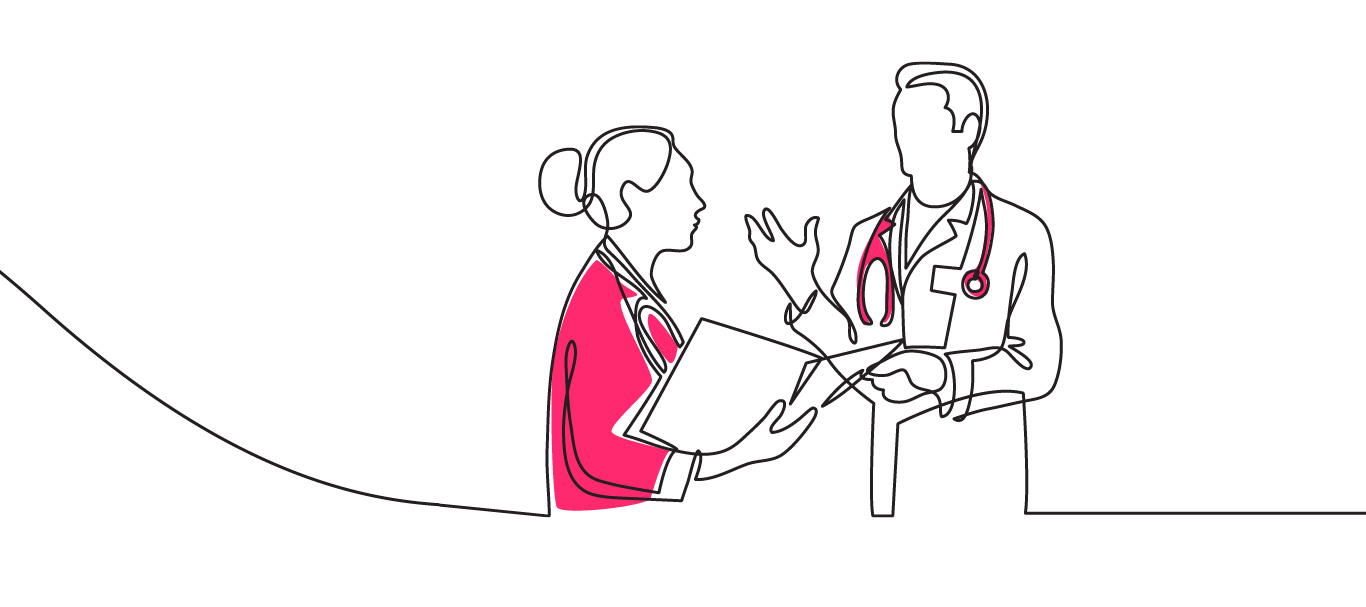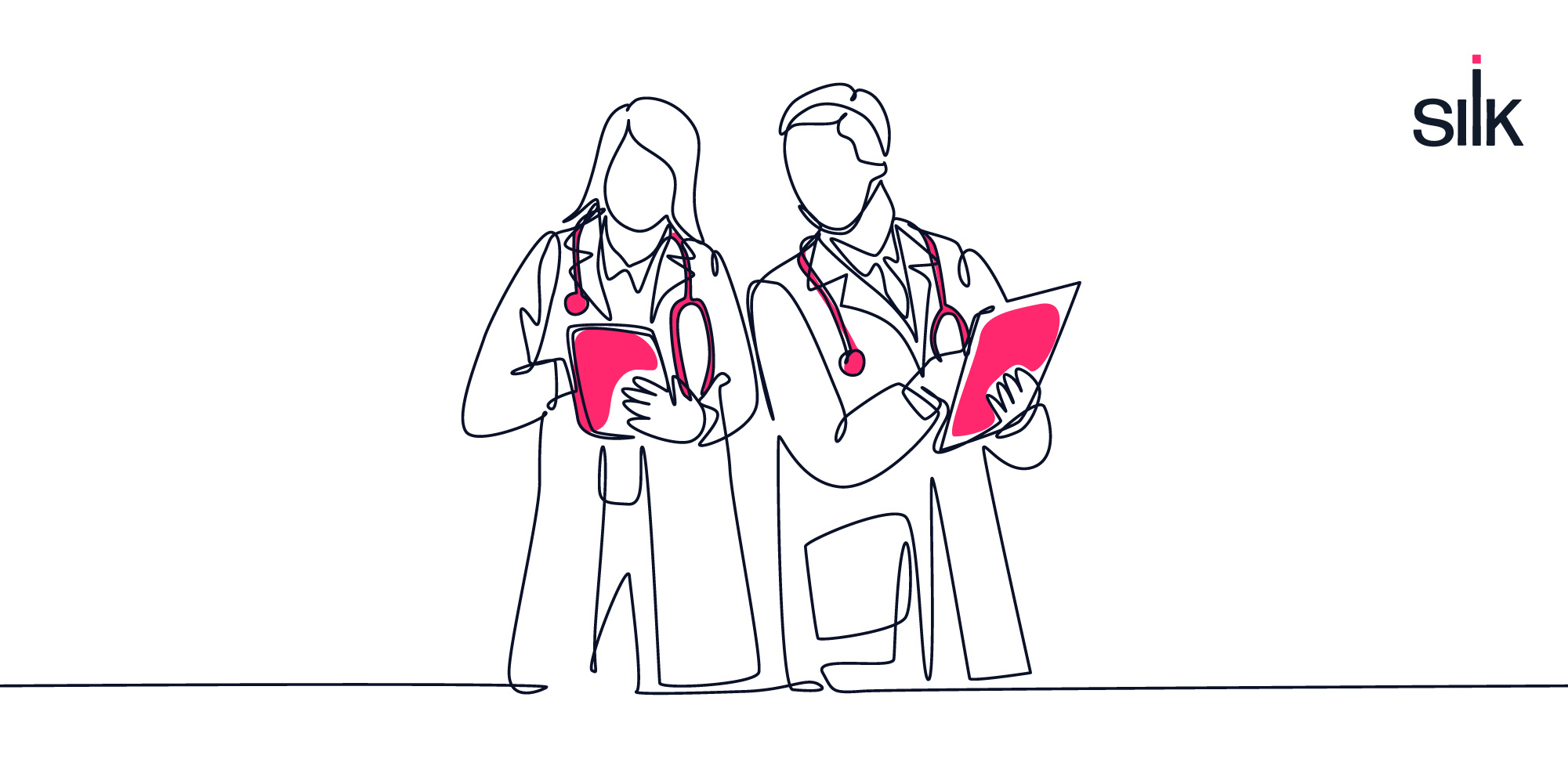The volume of healthcare data is exploding, doubling every 73 days. As organizations move to the cloud to manage this influx, many are facing unanticipated challenges: soaring cloud bills, sluggish access to data, and increased pressure to support AI initiatives.
To thrive in this new landscape, healthcare organizations must adopt smarter data practices. These four best practices are critical for optimizing performance, controlling costs, and enabling innovation with software-defined cloud storage.
-
Tame Your Cloud Costs with Intelligent Data Management
Healthcare organizations often move to the cloud expecting cost savings — only to be blindsided by ballooning cloud bills. A major culprit? Excess data copies.
In healthcare, data retention is non-negotiable. You can’t simply delete old records to save money. What you can do is reduce the number of redundant data copies using software-defined cloud storage. Unlike traditional storage that duplicates data for every new use case, a software-defined platform can create thin, instantaneous clones that consume no additional capacity.
The result: faster access to data and significantly lower storage costs without compromising compliance or performance.
-
Give Every Stakeholder Access — Without Harming Production
From clinicians and analysts to AI researchers and integration testers, everyone wants access to data — but few should ever touch production systems. Providing fresh, isolated, and secure environments for each use case is a growing necessity.
Using Software-Defined Cloud Storage, healthcare organizations can deliver fast, secure access to data through cloned environments — without creating physical copies or disrupting live systems. This keeps production stable and allows diverse teams to iterate quickly with near real-time data.
-
Make Copy Data Management a Strategic Advantage
When handled poorly, copy data management becomes a bottleneck — slowing down workflows, overloading infrastructure, and introducing latency. In some healthcare organizations, refreshing a UAT environment can take days or even weeks.
With the right approach, however, copy data management becomes a strategic enabler. Software-defined cloud storage platforms allow near-instantaneous snapshots and clones of massive databases — up to 100+ TB in size — without downtime. These environments can be created, masked, and refreshed in minutes, not days, making it easy to support everything from AI development to merger and acquisition testing.
-
Support AI at Scale Without Breaking Your Systems
AI and analytics are transforming healthcare, but they come with a new set of demands. AI agents need large, fresh datasets to iterate and learn — and they often query in unpredictable ways. Giving AI teams access to production environments is risky and unsustainable.
The solution: create AI-ready environments using clones of your EHR, analytics, or claims databases. Software-defined cloud storage platforms allow you to spin up AI-ready copies instantly — safely outside production — enabling teams to innovate without delays or risk.
Transformative Results for Healthcare Organizations
Healthcare providers and payers using this model have seen massive improvements:
- ETL windows reduced from 10–14 hours to just 15 minutes
- Application availability increased to 23+ hours a day
- Over 600TB in cloud storage savings
- Cloud cost reductions of up to $22 million over three years
These gains are only possible with the performance, flexibility, and cost-efficiency of software-defined cloud storage.
See It In Action
Want to learn how real healthcare organizations like Sentara Health are applying these practices to reduce costs and speed up innovation? Watch the full webinar to get expert insights and explore how software-defined cloud storage can transform your cloud strategy.
Watch Webinar



